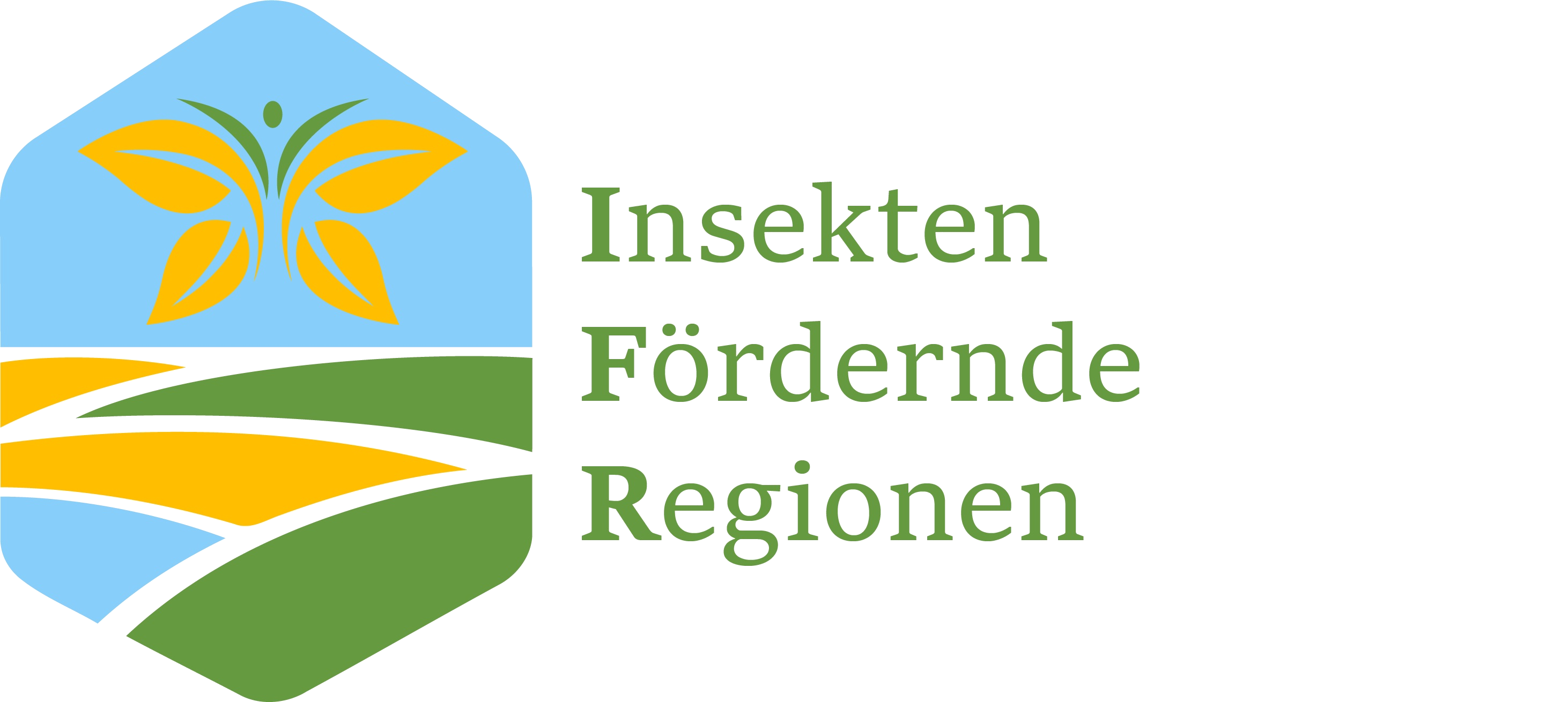Events

More than just Flower Strips
European Conference for More Insect Protection and Biodiversity at Landscape Level
Tuesday, 20 May 2025, 9:00 am – 4:45 pm
Evangelische Akademie Frankfurt, Römerberg 9, 60331 Frankfurt am Main, Germany
Three-quarters of global food crop species depend on pollinators. At the same time, 40% of insects only in temperate countries may face extinction over the next few decades (according to the latest reviews on insect decline).
Please find the Presentations below
Download English Progamme here.
Download German Programme here.
Press Release: Conference emphasises the need for alliances (text in German, Website of Lake Constance Foundation)
The economic consequences are obvious: if the humming of bees, bumblebees, and others stops, our food economy will soon stop buzzing, too. To counteract this trend, various stakeholders must collaborate to create insect-friendly landscapes. As part of the LIFE Project “Insect Responsible Sourcing Regions,” we specifically focused on this topic. During the conference, we aimed to share our findings and discuss strategies for fostering positive change at the landscape level with different stakeholder groups.
Our interdisciplinary conference invited:
- Farmers
- Farmers’ associations/suppliers
- Food companies
- Other land users
- NGOs
- Political decision-makers
- Authorities of municipalities, counties, and districts at a regional scale
- Civil society
- Scientific institutions
Our conference covered key topics, including:
- Landscape Approach: What are the most effective strategies for fostering connections among stakeholders and encouraging cross-disciplinary teamwork?
- Biodiversity in Land Management: How can we support the embedding of innovative agricultural measures in the landscape context? Which measures have evolved into biodiversity conservation success stories?
- Flourishing Communities: How can municipalities better integrate the topic of biodiversity and insect conservation? What are the success factors for participation at the municipal level?
- Citizen Science & Monitoring: What opportunities does citizen science offer for biodiversity and insect conservation? How can we measure and communicate successes?
- Policy & Incentives: What developments do we need at the political level to support biodiversity and insect conservation at the landscape level? What financing models are available outside of agricultural policy subsidies? How can we create meaningful incentive systems?
- Next Steps: What do future models of insect and biodiversity-responsible sourcing regions look like? How can we promote investment in biologically diverse landscapes?
The project and conference are co-founded by the EU.
Thank you for joining!
Here are the presentations of the conference:
